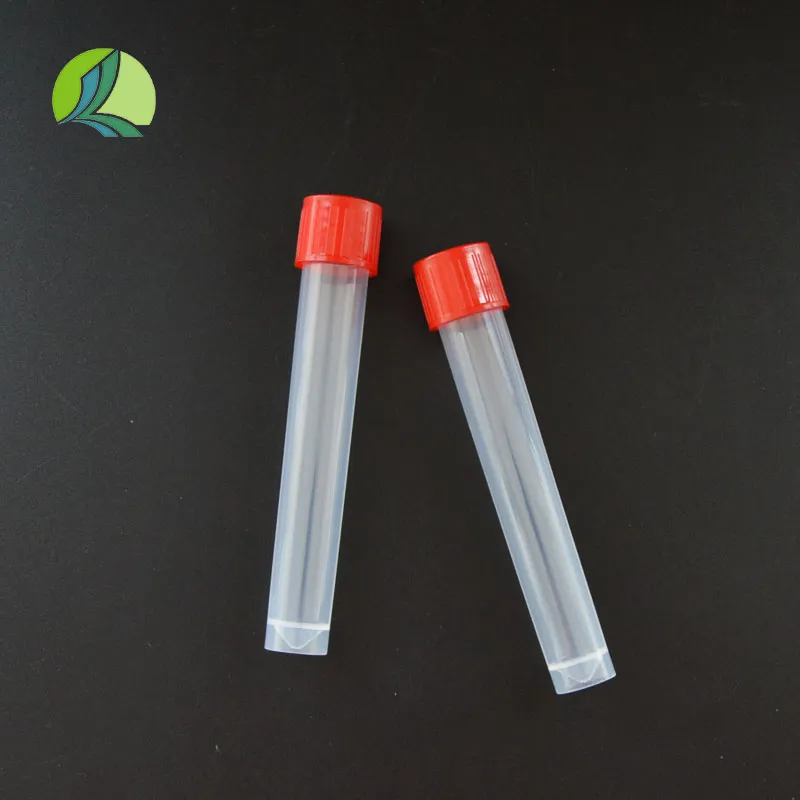
-
 Afrikaans
Afrikaans -
 Albanian
Albanian -
 Amharic
Amharic -
 Arabic
Arabic -
 Armenian
Armenian -
 Azerbaijani
Azerbaijani -
 Basque
Basque -
 Belarusian
Belarusian -
 Bengali
Bengali -
 Bosnian
Bosnian -
 Bulgarian
Bulgarian -
 Catalan
Catalan -
 Cebuano
Cebuano -
 Corsican
Corsican -
 Croatian
Croatian -
 Czech
Czech -
 Danish
Danish -
 Dutch
Dutch -
 English
English -
 Esperanto
Esperanto -
 Estonian
Estonian -
 Finnish
Finnish -
 French
French -
 Frisian
Frisian -
 Galician
Galician -
 Georgian
Georgian -
 German
German -
 Greek
Greek -
 Gujarati
Gujarati -
 Haitian Creole
Haitian Creole -
 hausa
hausa -
 hawaiian
hawaiian -
 Hebrew
Hebrew -
 Hindi
Hindi -
 Miao
Miao -
 Hungarian
Hungarian -
 Icelandic
Icelandic -
 igbo
igbo -
 Indonesian
Indonesian -
 irish
irish -
 Italian
Italian -
 Japanese
Japanese -
 Javanese
Javanese -
 Kannada
Kannada -
 kazakh
kazakh -
 Khmer
Khmer -
 Rwandese
Rwandese -
 Korean
Korean -
 Kurdish
Kurdish -
 Kyrgyz
Kyrgyz -
 Lao
Lao -
 Latin
Latin -
 Latvian
Latvian -
 Lithuanian
Lithuanian -
 Luxembourgish
Luxembourgish -
 Macedonian
Macedonian -
 Malgashi
Malgashi -
 Malay
Malay -
 Malayalam
Malayalam -
 Maltese
Maltese -
 Maori
Maori -
 Marathi
Marathi -
 Mongolian
Mongolian -
 Myanmar
Myanmar -
 Nepali
Nepali -
 Norwegian
Norwegian -
 Norwegian
Norwegian -
 Occitan
Occitan -
 Pashto
Pashto -
 Persian
Persian -
 Polish
Polish -
 Portuguese
Portuguese -
 Punjabi
Punjabi -
 Romanian
Romanian -
 Russian
Russian -
 Samoan
Samoan -
 Scottish Gaelic
Scottish Gaelic -
 Serbian
Serbian -
 Sesotho
Sesotho -
 Shona
Shona -
 Sindhi
Sindhi -
 Sinhala
Sinhala -
 Slovak
Slovak -
 Slovenian
Slovenian -
 Somali
Somali -
 Spanish
Spanish -
 Sundanese
Sundanese -
 Swahili
Swahili -
 Swedish
Swedish -
 Tagalog
Tagalog -
 Tajik
Tajik -
 Tamil
Tamil -
 Tatar
Tatar -
 Telugu
Telugu -
 Thai
Thai -
 Turkish
Turkish -
 Turkmen
Turkmen -
 Ukrainian
Ukrainian -
 Urdu
Urdu -
 Uighur
Uighur -
 Uzbek
Uzbek -
 Vietnamese
Vietnamese -
 Welsh
Welsh -
 Bantu
Bantu -
 Yiddish
Yiddish -
 Yoruba
Yoruba -
 Zulu
Zulu
Exploring the Environmental Impact of Plastic Juice Containers and Their Alternatives for Sustainable Living
The Rise of Plastic Juice Containers Convenience or Concern?
In the modern world, convenience has become a key driver of consumer choices, and this is especially evident in the beverage industry. One of the most popular products on the market today is juice, which comes in various forms and flavors. A majority of juices available in supermarkets are packaged in plastic containers, a choice that has sparked debates surrounding sustainability, health, and convenience.
Plastic juice containers are widely loved for their practicality. They are lightweight, shatter-resistant, and can be produced in various shapes and sizes. This makes them ideal for packaging juices that need to be transported and stored easily. Consumers appreciate the convenience of grabbing a bottle from the fridge, knowing it will not break easily if dropped. Additionally, plastic containers usually come with tightly sealed caps, ensuring that the juice stays fresh and protected from contaminants.
However, while plastic juice containers offer undeniable convenience, they also present certain environmental challenges. The production of plastic is resource-intensive; it requires fossil fuels and energy, contributing to greenhouse gas emissions. Most alarming is the issue of plastic waste. A significant portion of plastic containers ends up in landfills, waterways, and oceans, where they take hundreds of years to decompose. The implications for wildlife and ecosystems are severe, as animals can mistake plastic for food or become entangled in it.
Moreover, there are health concerns associated with certain types of plastic used in food packaging. For instance, some plastics can leach harmful chemicals, such as bisphenol A (BPA), into the beverages they contain. Although many manufacturers have started using BPA-free plastics, consumer awareness of these issues remains crucial. Many health-conscious shoppers now seek out beverages packaged in alternative materials, such as glass or plant-based plastics, which are perceived as more eco-friendly and safer for consumption.
plastic juice containers

As the demand for more sustainable packaging options grows, companies are beginning to respond. Some brands are innovating by using biodegradable plastics or utilizing recycled materials for their juice containers. For instance, there are now juice brands that offer their products in containers made from 100% recycled plastic, aiming to reduce the amount of new plastic being produced. Furthermore, some companies have started to explore the use of plant-based plastics derived from cornstarch or sugarcane, offering a more sustainable alternative to traditional petroleum-based plastics.
In addition to these innovations at the packaging level, awareness campaigns aimed at educating consumers about recycling are becoming increasingly important. The proper disposal and recycling of plastic containers can significantly mitigate their environmental impact. Many local governments and organizations have launched initiatives to make recycling more accessible and to encourage the recycling of plastic materials.
Ultimately, the future of plastic juice containers hinges on a balance between convenience, health, and environmental sustainability. Consumers are increasingly becoming advocates for change, voicing their preferences for more sustainable choices through their purchases. As more individuals opt for eco-friendly options, the beverage industry will have to adapt, creating products that align with the values of their consumers.
In conclusion, while plastic juice containers serve vital functions in modern society, their long-term implications cannot be ignored. The ongoing evolution of consumer preferences combined with innovative packaging solutions may offer a path toward a more sustainable future, where convenience does not come at the expense of our planet's health. The journey towards sustainable packaging solutions continues, and it is one that calls for collaborative efforts from consumers, manufacturers, and policymakers alike.
-
ScienceLabSupplies Premium Small Medicine Bottles & Lab EquipmentNewsApr.29,2025
-
Empty Pill Containers Durable, Leak-Proof & Portable Pill StorageNewsApr.29,2025
-
Petri Dishes Key Uses in Lab & Microbiology Experiments Sterile & DurableNewsApr.29,2025
-
Premium Metal Dropper Bottles - 50ml & 250ml SizesNewsApr.28,2025
-
Small Liquid Medicine Containers Leak-Proof & Durable DesignNewsApr.28,2025
-
Secure Medication Travel Container TSA Approved, Compact & Leak-ProofNewsApr.28,2025






















